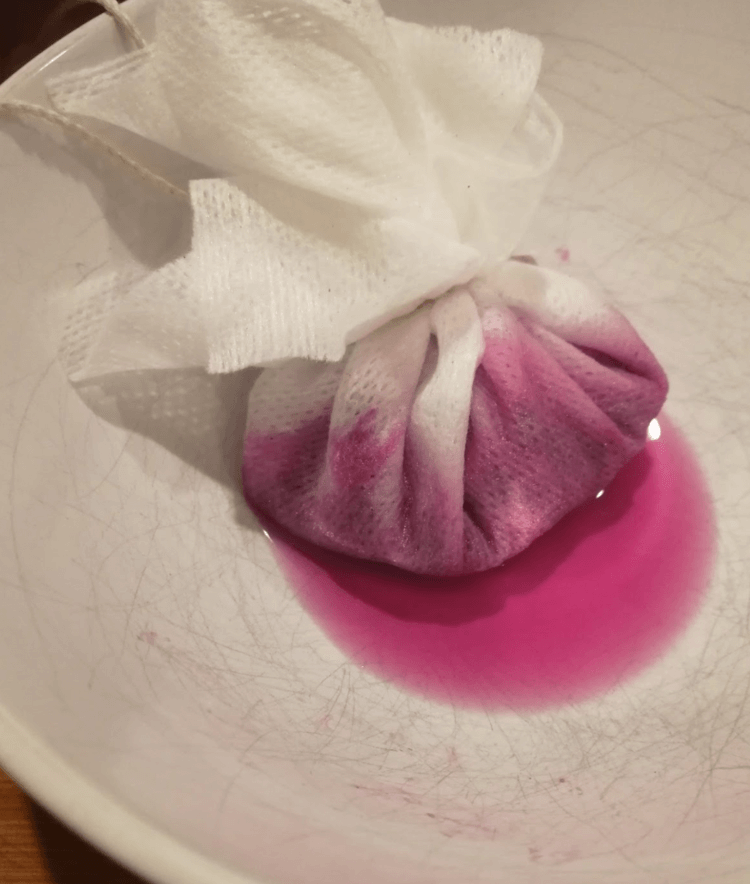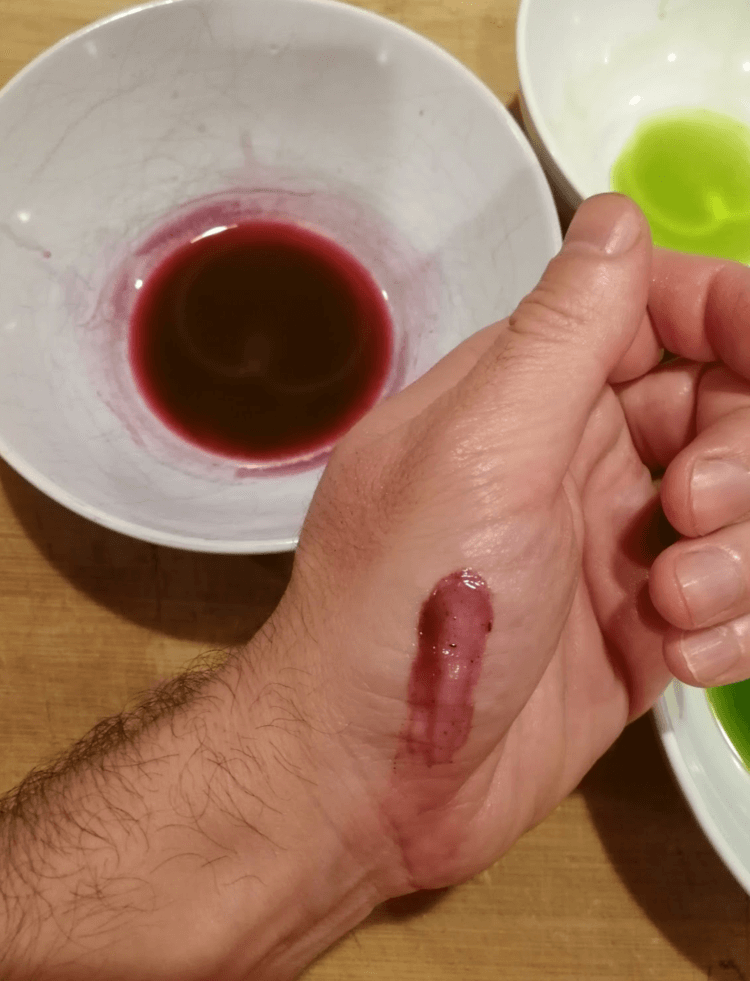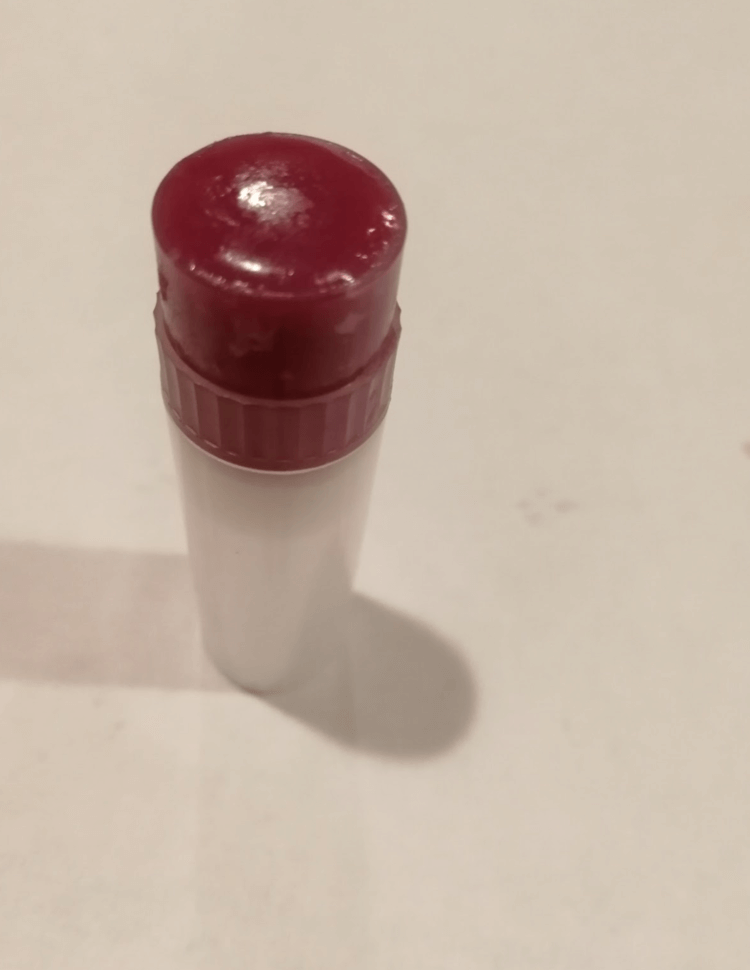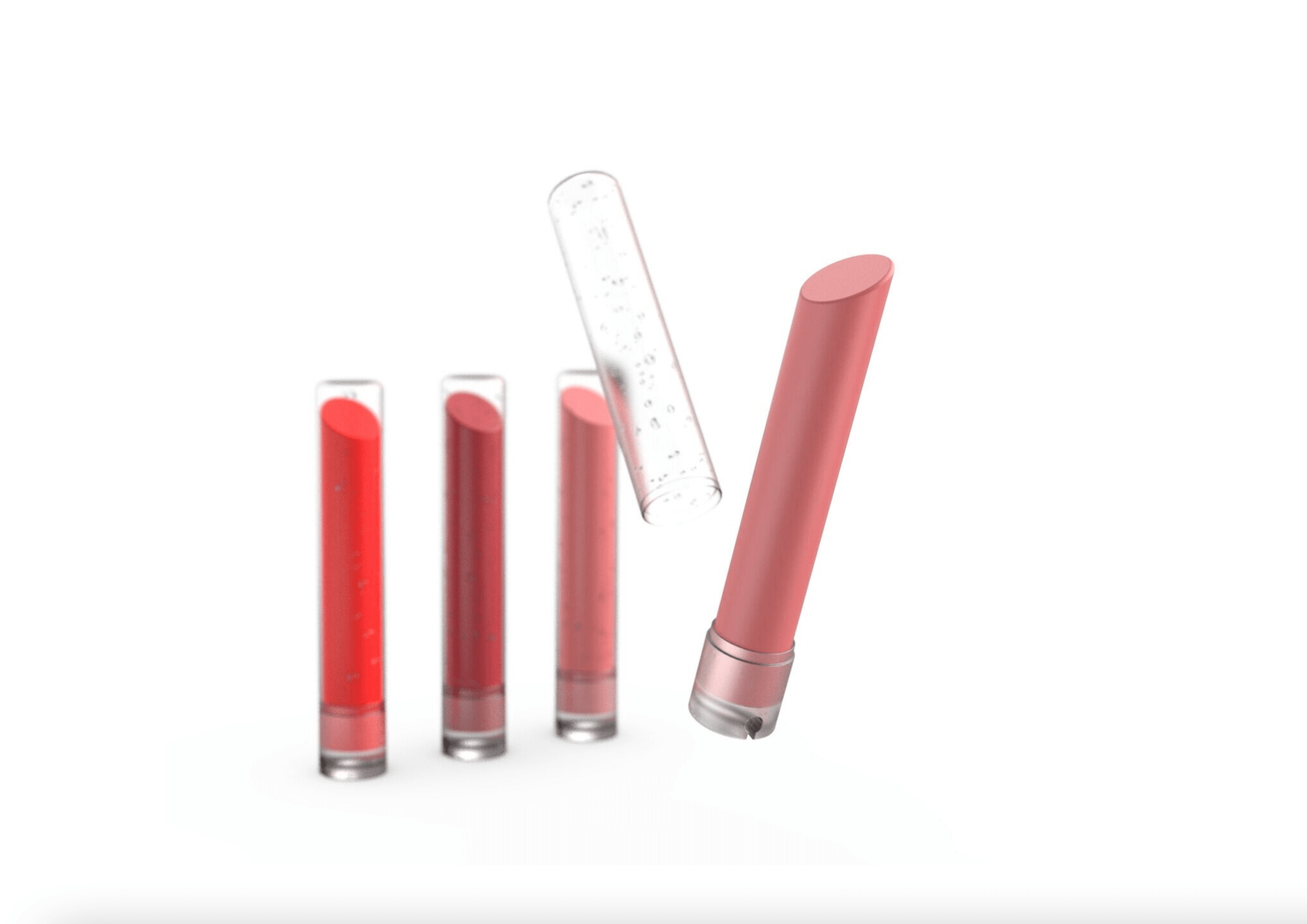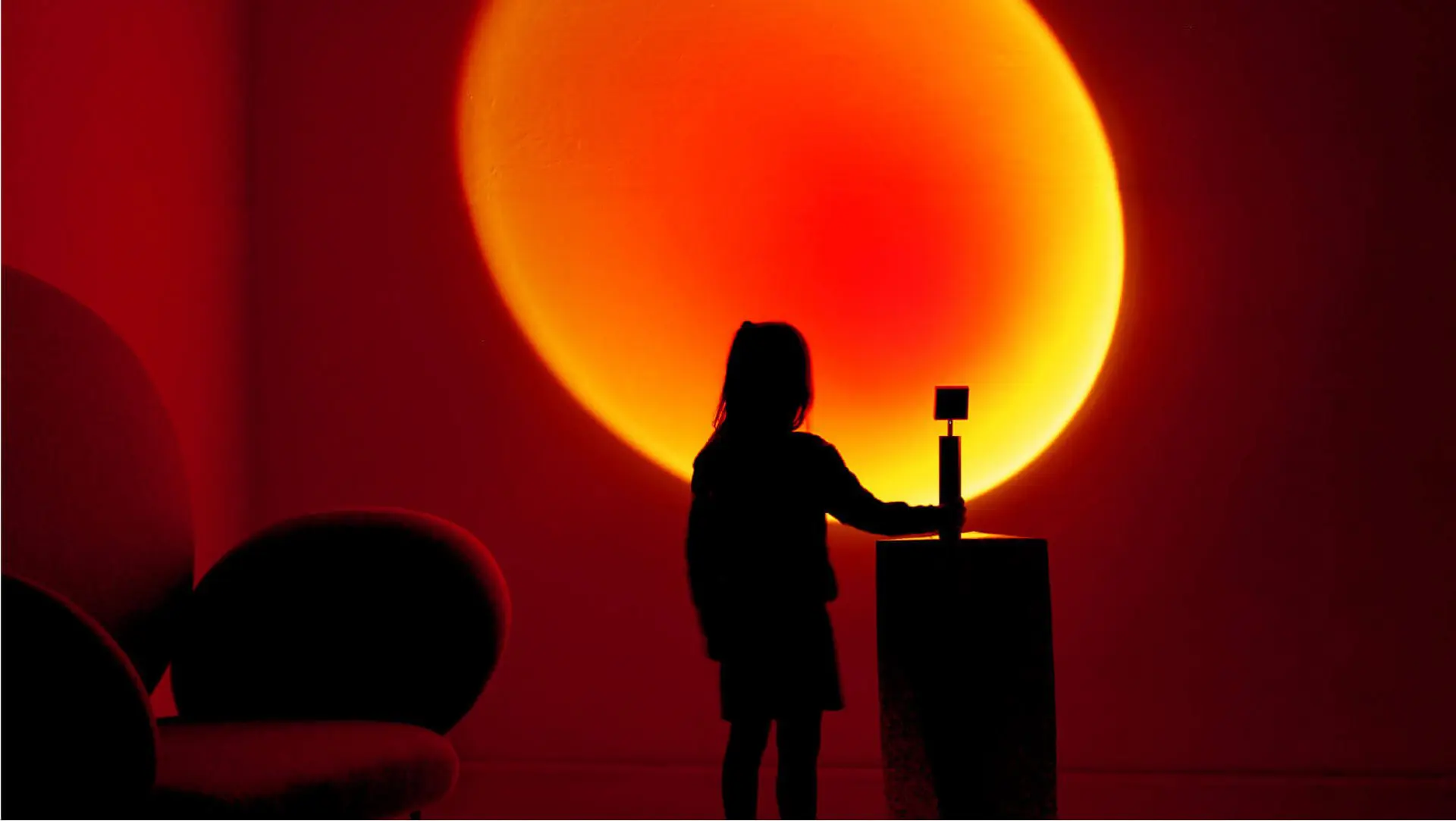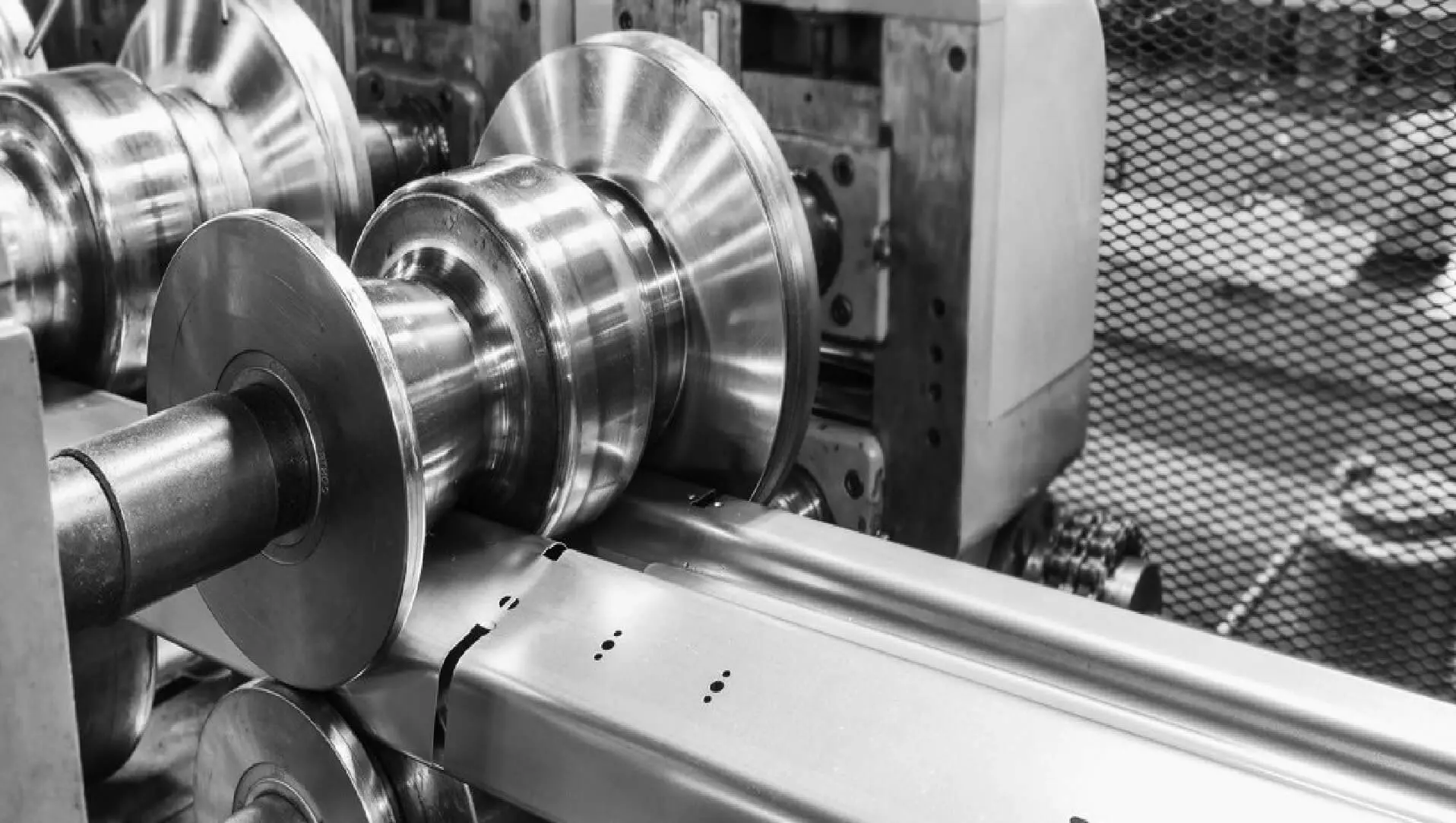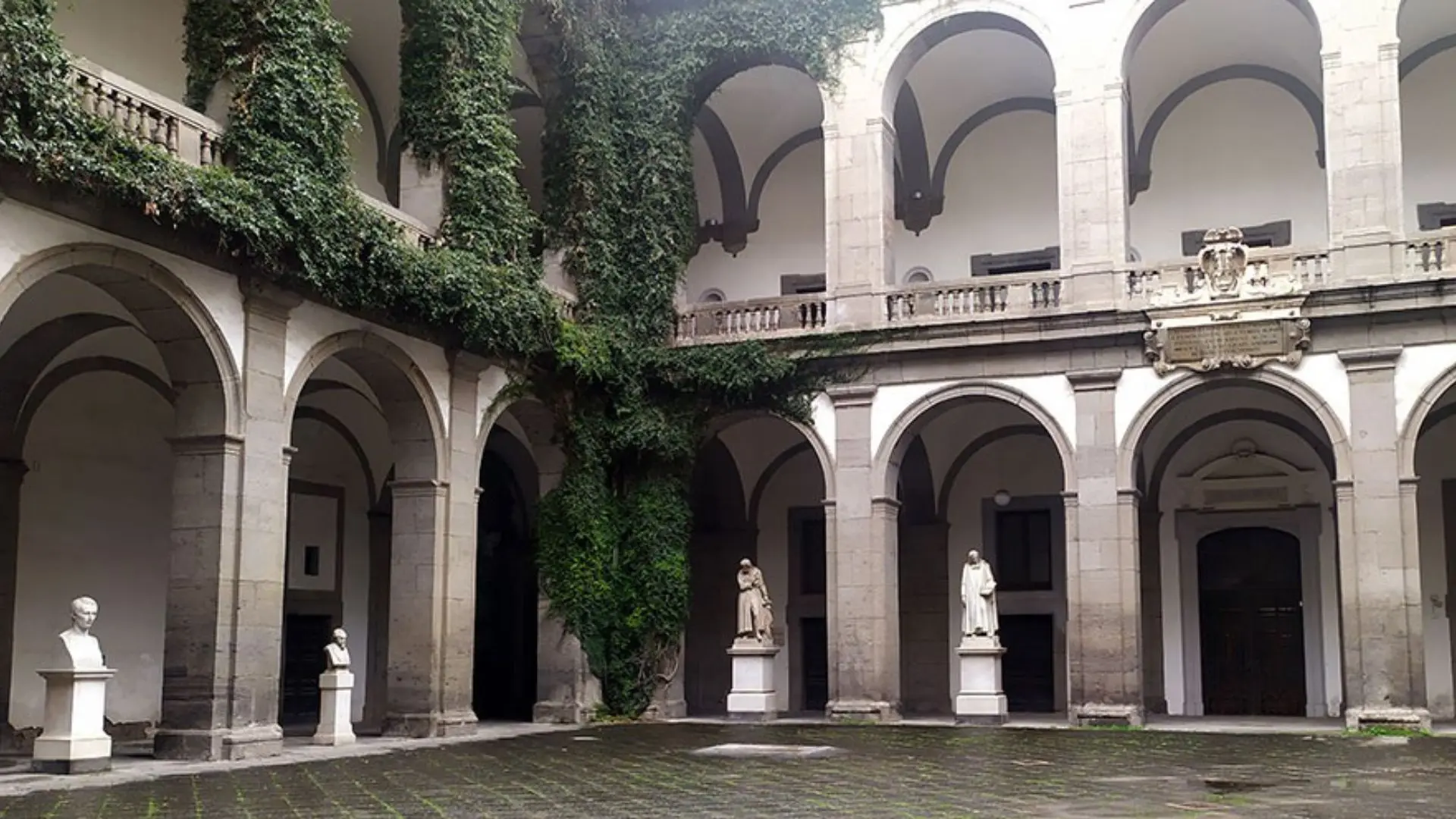An algae-based lipstick collection for a beautifully sustainable life
Urth proposes a revolutionary design for sustainable beauty with lipstick dispensers and cartridges that disintegrate in an at-home compost bin after 12 weeks
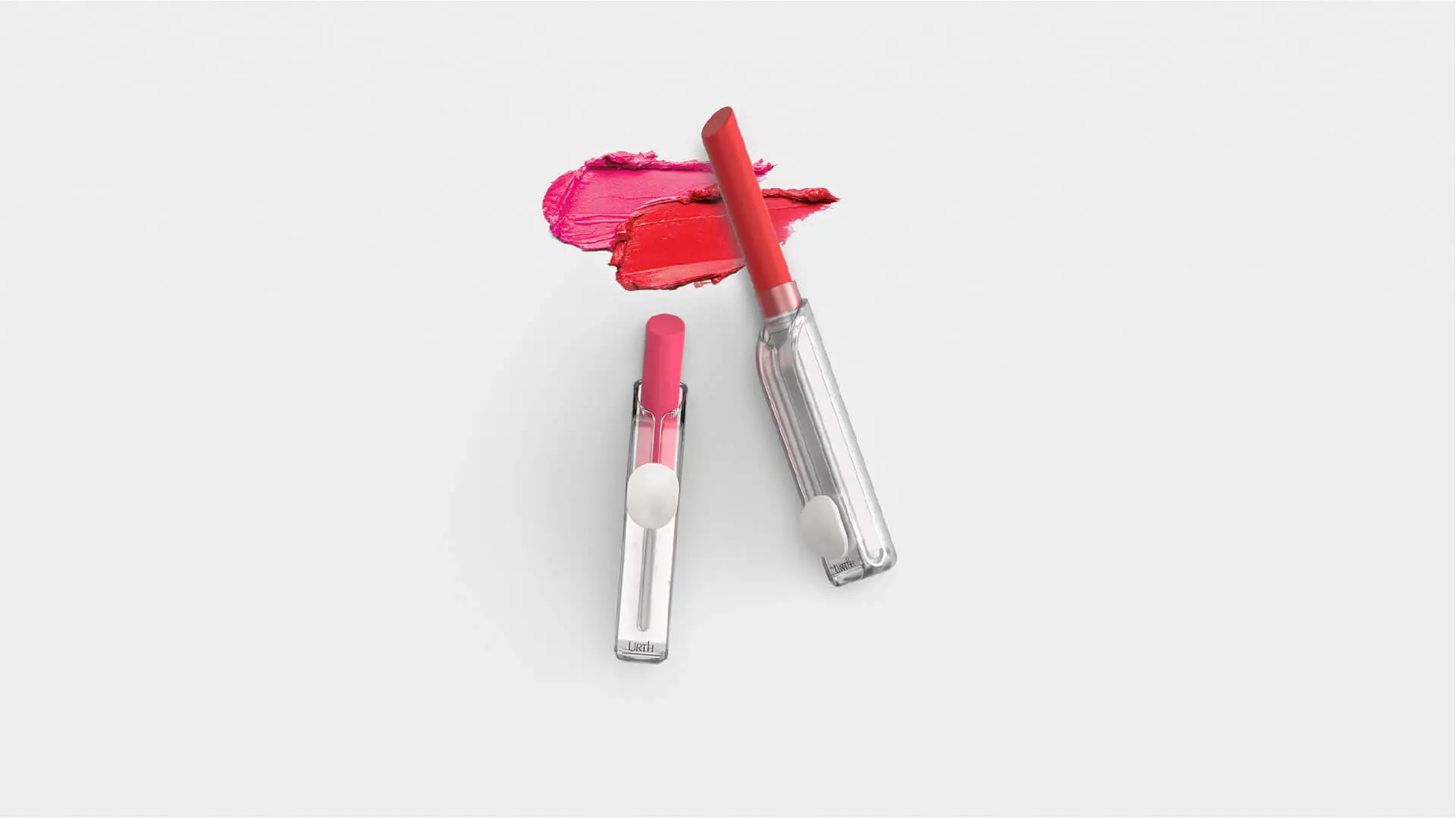
Do you already know the Urth algae-based lipstick?
There is an ugly side to beauty. It doesn’t revolve around the impossible standards it imposes on people or the hefty price tag often attached to quick-fix products. It’s to do with the 120 billion units of packaging the beauty industry produces every year.
In 2018 alone, almost 7.9 billion units of rigid plastic were used in the US for beauty and personal care products. From skincare to deodorant, your morning routine will often involve using products dispensed from “difficult to recycle” packaging that prioritizes branding over sustainability.

Luxury makeup products are some of the worst because they rely on the assembly of numerous parts made from plastic.
To address this, a team of students at the Art Center College of Design in California have designed a biodegradable lipstick collection using bio-based materials derived from algae.
Called Urth, the concept relies on the idea of minimizing waste at the stage of raw materials production by repurposing components and ingredients available in the original feedstock that would otherwise have no use.

“In our research, we identified a biodegradable plastic newly developed within the Center for Renewable Materials at UC San Diego,” the team explains.
“In particular, we selected a polyester-polyurethane derived from algae, a thermoplastic that can be processed and have the same properties as conventional petroleum-based plastics but is fully biodegradable.”
Find out more about consumer good products that put sustainability in the forefront, don’t miss Yes, this natural deodorant works but it’s the pebble-like casing we love.
Lab tests have shown that the algae-based biomaterial can disappear in an at-home compost pile after approximately 12 weeks.

This is a good alternative to bioplastics currently marketed as biodegradable such as those made using polylactic acid, which are biodegradable only in industrial composting sites.
The great thing about algae is that it is quick to grow, inexpensive to maintain, and uses barely any fossil fuels and greenhouse gasses to produce.
It also contains carotenoids, enzymes and chlorophyll making it a popular ingredient in skincare. With that in mind, the Urth team decided to use it as a central ingredient for the lipstick too.

The current biological content of the thermoplastics uses nearly 60% and the rest is derived from petroleum, but the team of students says it will be possible to achieve around 98% renewable content within 3 years.
This is initial research in what could be a near-total renewable product in the future thanks to algae.
Who knew something that grows in a pond could be so revolutionary… It’s good for your face, it’s good for the packaging, and it’s good for the planet. Something tells us algae might play a big role in the future of beauty.
Find out more about designers who are using algae and other plant-based materials to create products, don’t miss The Design’s hunt for the perfect vegan leather – 5 plant-based new materials.






